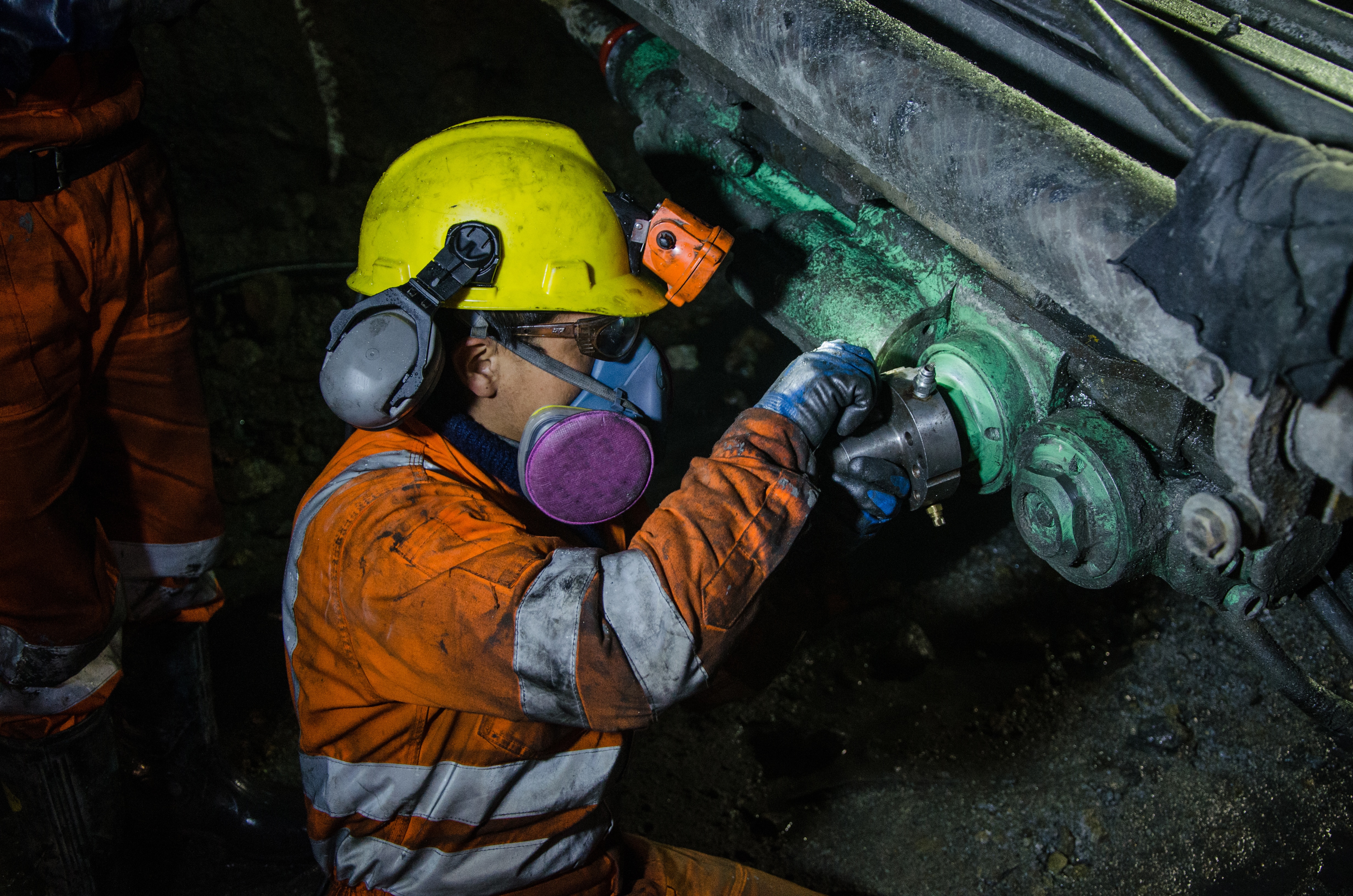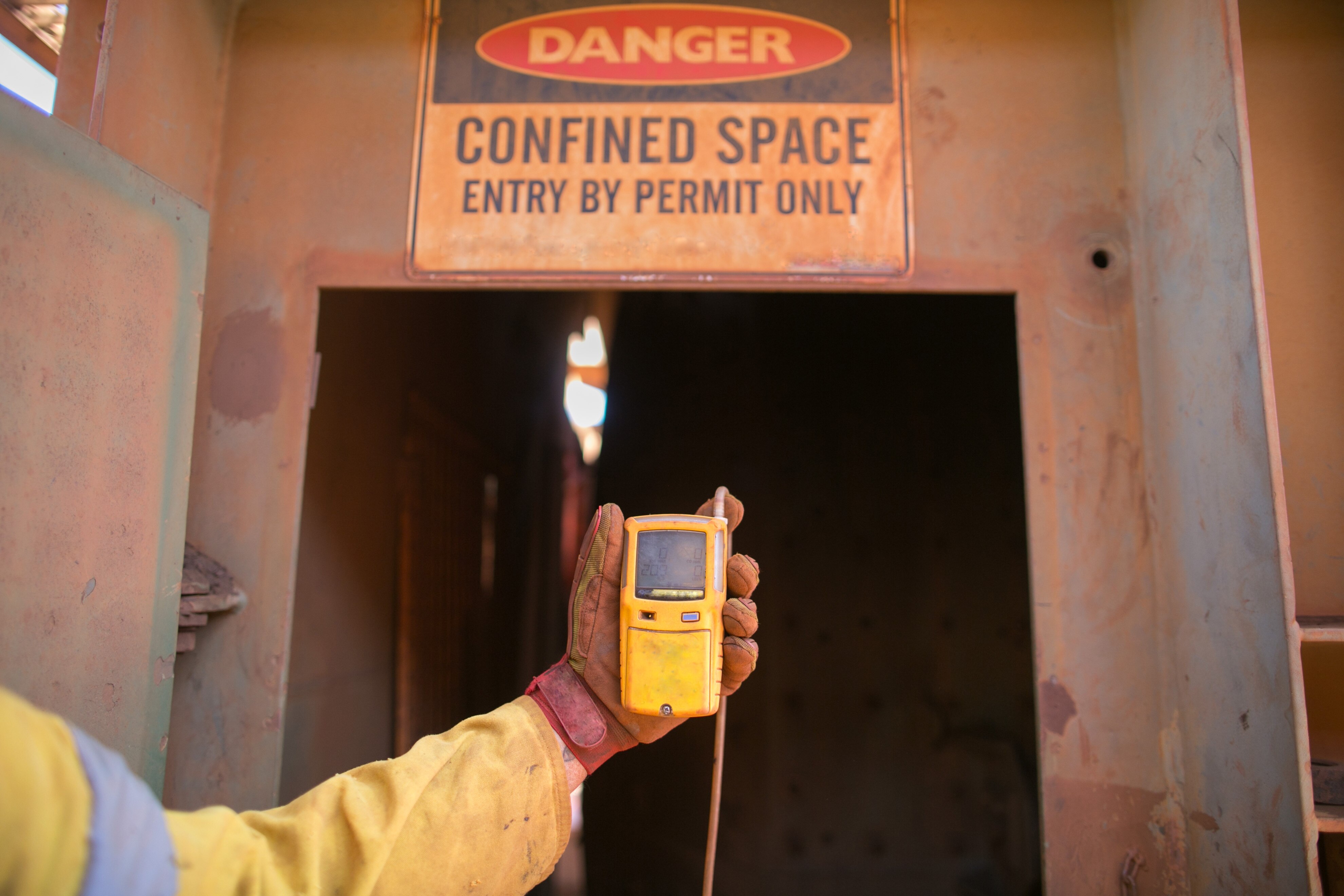

They were very sensitive to the mine gas and the resulting lack of oxygen. If the birds stopped singing, this was a clear warning for the workers to leave the mine as quickly as possible. Today, fortunately, gas measuring devices take over this function. In most cases, they are worn by the workers for their own protection at all times during a possible exposure. Flammable or explosive gases in particular, as are often found in the oil and gas industry, are active in the mid-infrared spectrum and are therefore easy to detect. The corresponding measurement technology, non-dispersive infrared spectroscopy (NDIR), can nowadays be built into the smallest devices and thus does not disturb during work. The infrared sources from Axetris are designed for long-term continuous operation with low maintenance and are therefore perfectly suited for use in NDIR technology.

However, these gases are often harmful not only to microorganisms or insects, but also to humans. When the containers are unloaded at their destination, these gases come into contact with people. Many of these gases can hardly or not at all be smelled. Especially when these gases are present in workplaces, there is often a long-lasting exposure. This can lead to illness or organ damage - even decades later. In order to counteract this invisible danger, personal measuring devices are indispensable for occupational safety. Besides measurement techniques based on infrared spectroscopy, other techniques such as electrochemical sensors are also used for this purpose. These devices need frequent maintenance or replacement due to a changing detection limit based on physical reasons. NDIR technology, equipped with long-life infrared sources such as those from Axetris, is often more reliable and requires significantly less maintenance.